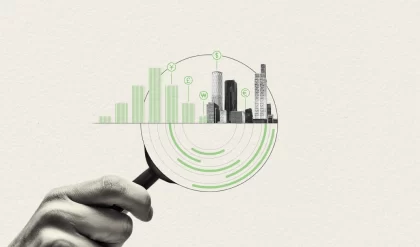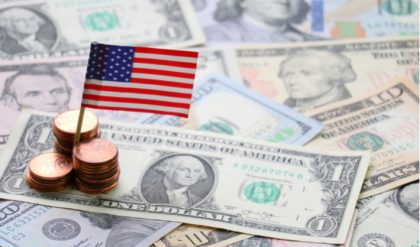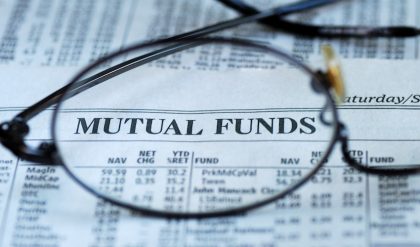Why principles in microeconomics? Principles take you further than pure economic theory; principles show you the reasons underlying good practice in applied economics; principles help you tie together issues in microeconomics that might otherwise remain as isolated topics. This book aims to introduce these principles: it does not try cover everything in the Öeld of microeconomics nor to explore all the ramiÖcations of standard abstract models. Rather its purpose is to conduct you through an account of the central canon of microeconomics, showing you how it can assist in understanding everyday economic phenomena and helping you to develop a áair for economic reasoning.
If you grasp some basic principles in theoretical and applied economics you can often make considerable headway through a mixture of technical expertise and healthy common sense. There are a lot of rules-of-thumb, standard analytical procedures and simple theorems that can be applied again and again to apparently dissimilar economic problems. The student of microeconomics can exploit the fact that many basic problems have a common structure and that they can be analysed using the same insights and methods. I hope that this book will help students to do just that.
Microeconomic models
Modern microeconomics focuses on the use of abstract models as a means of pursuing the inner truth of key issues. What are they for? What makes a good model?
Purpose
Apart from claims to intrinsic intellectual beauty (and some models do have an inherent attractiveness all of their own) the quality of a model depends upon such things as its power to explain the reasons underlying observed economic phenomena, to make precise the insights born of common sense and to expose erroneous reasoning. It is almost meaningless to describe a microeconomic model as ìgoodî or ìbadîwithout further qualiÖcation. Whether or not a particular model is good depends on the purpose for which it is designed ñ unless the model is actually so bad that it violates some fundamental economic principle (the equivalent, say, of assuming that water can áow uphill). So, to assess the worth of an economic model we need a speciÖc context in which to place its abstract components and mechanisms. Di§erentcircumstances ñbut apparently the same economic problem ñmay demand a di§erent type of model. This does not mean that microeconomics is inconsistent or ambiguous, just that we have to be careful to pause and rethink the objectives of the model, the context in which it is set and the way the model components are to be implemented. The essential components of a microeconomic model can be summarised under the following headings: The economic actors Motivation The economic environment Assumptions and axioms.
The economic actors
At the heart of the model is the economic actor or agent ñsomeone or something that is taking economic decisions. It is common practice to speak as though this entity is just an isolated person ña solitary John Doe acting or reacting in the artiÖcial world of the economic model. However often the same principles apply whether this actor is considered to be an isolated consumer, a worker, a representative member of a group or the embodiment of a corporation.
Motivation
Cynics may say that economics is about greed. In a sense cynics are right: most microeconomic models assume that somewhere deep in the mechanism is the driving force of self-interest.
The assumption of selÖshness is not essential to economics, but it gets us a long way in formulating problems precisely and, even though it may go against the grain of the public-spirited people who study microeconomics, it can be useful in specifying a well-crafted model. Where the topic of motivation runs into di¢ culty is in characterising the content and structure of these selÖshaspirations. In the matter of specifying agentsípreferences the model-builder usually has to fall back on assertion based on extrapolation from oneís own preferences and principles or, sometimes, on mathematical convenience. A special example of this is di¢ culty lies in the representation of peopleís preferences under uncertainty (chapter 8): here strong far-reaching results can be obtained on the basis of a few elementary assumptions about preference structure, but it is not at all clear that they are in fact a suitable way of encapsulating individualsímotivation when faced with choices under uncertainty.





